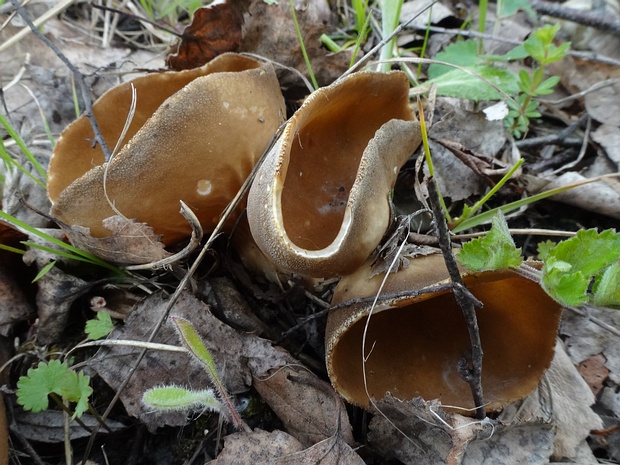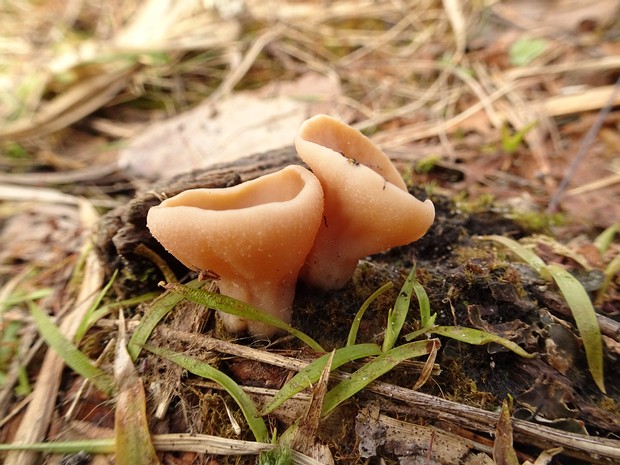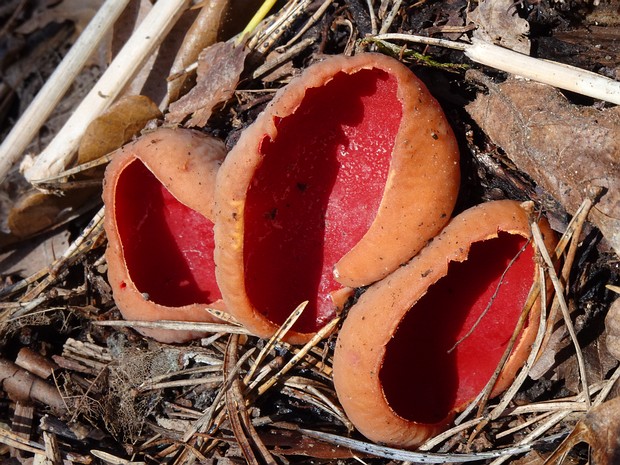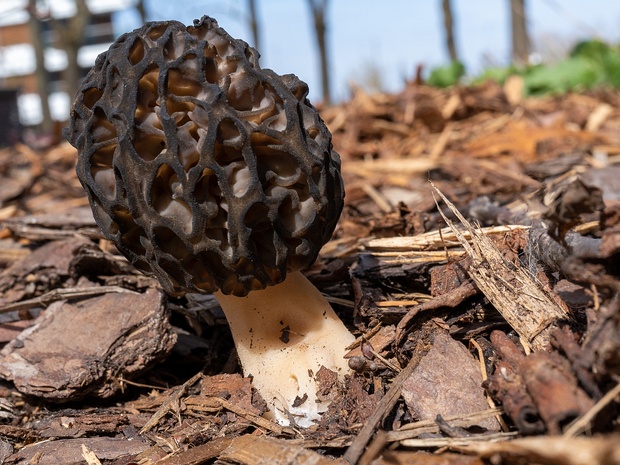
Helvellaceae - Гельвелловые - Helvellas - Lorcheln
The Helvellaceae family, commonly referred to as helvellas or Lorcheln in German, is a group of fungi belonging to the order Pezizales. The family contains…
50 images

Discinaceae - Дисциновые - False Morels - Schein-Morchelverwandte
The Discinaceae family, also known as False Morels or Schein-Morchelverwandte in German, belongs to the Ascomycota phylum of fungi. This family comprises…
64 images

Pezizaceae - Пецицевые - Cup Fungi - Becherlingsverwandte
The Pezizaceae family, known as Cup Fungi or Becherlingsverwandte in German, is a group of fungi belonging to the Ascomycota phylum. They are characterized by…
25 images

Pyronemataceae - Пиронемовые - Pyronema family - Flaschenkürbisverwandte
The Pyronemataceae family, also known as the Pyronema family or Flaschenkürbisverwandte in German, is a diverse group of fungi that belongs to the Ascomycota…
76 images

Sarcoscyphaceae - Саркосцифовые - Scarlet Elf Cups - Scharlachschalen
The Sarcoscyphaceae family, also known as Scarlet Elf Cups or Scharlachschalen in German, is a group of fungi belonging to the order Pezizales. They are…
365 images

Morchellaceae - Сморчковые - Morels - Morcheln
The Morchellaceae family, commonly known as Morels or Morcheln in German, is a group of fungi belonging to the order Pezizales. They are highly prized for their…
89 images

